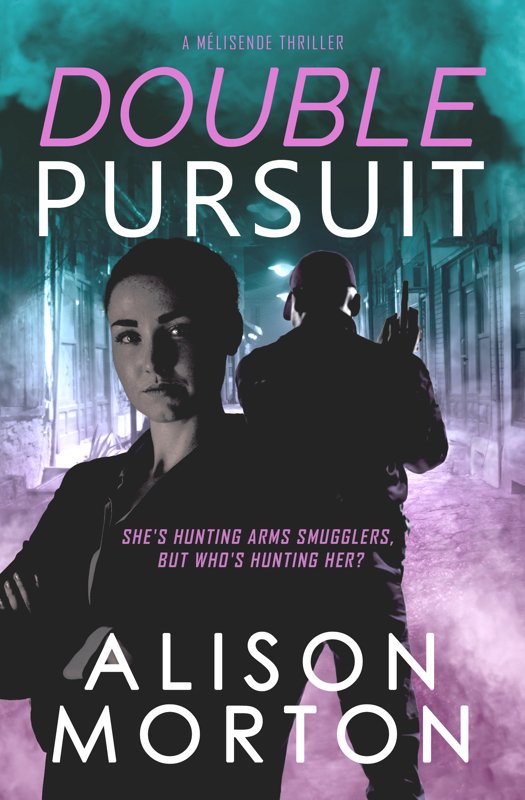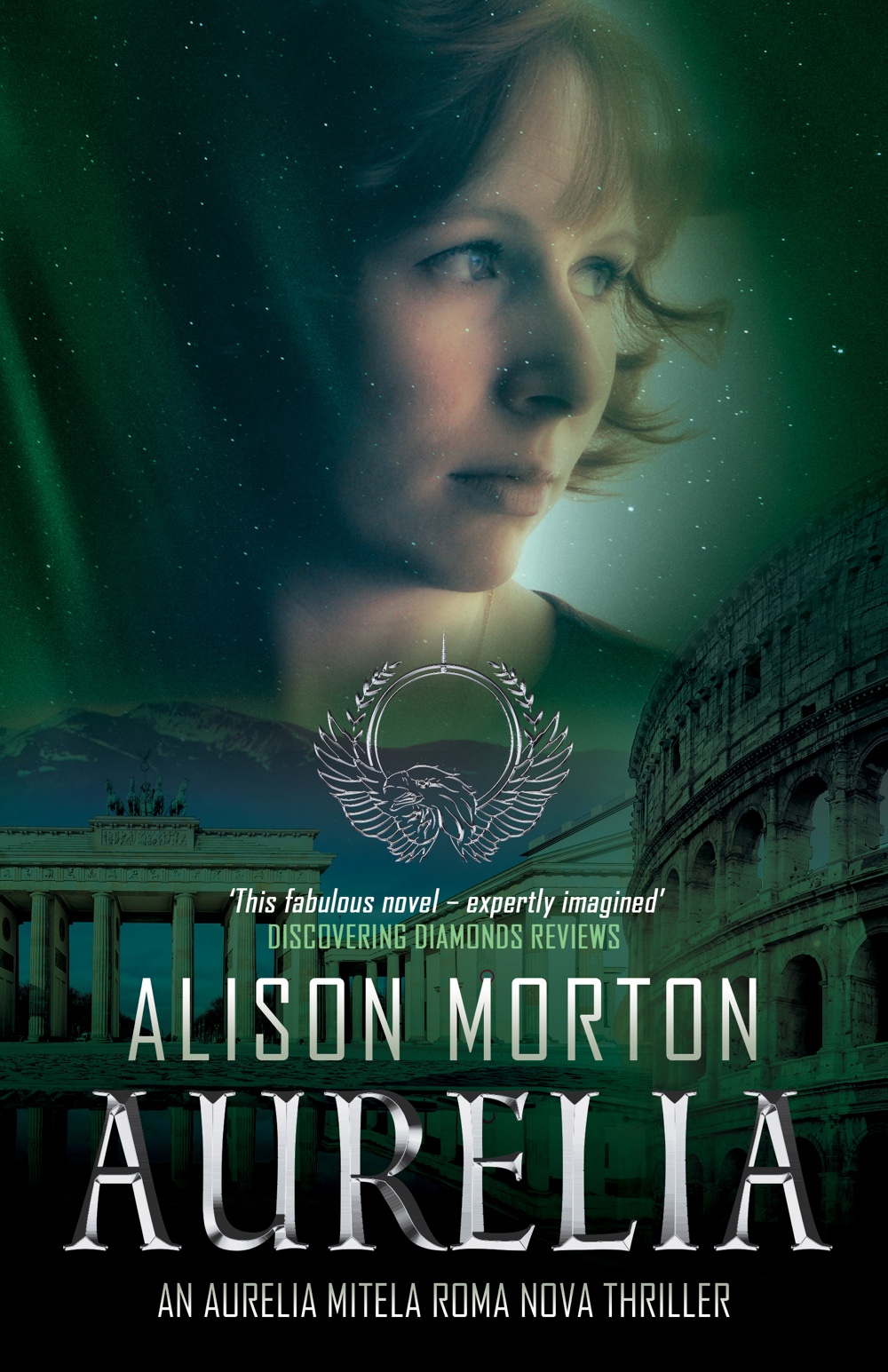I’m delighted to welcome Clare Flynn to the Fictionfire blog. Clare has just published her eighteenth book, The Star of Ceylon. In her novels, she often focuses on the experiences of travellers to exotic locations seen as glamorous or offering adventure, particularly if those travellers are women, and women of a certain era. The Star of Ceylon is no exception: on reading it, I found myself drawn into history and rooting for the lead character, Stella Polegate, as she struggles to find a role for herself in a restrictive and often misogynistic society. Stella is spirited, bright and sensitive yet all too often criticised and repressed. That is, until she meets someone who may have the capacity to see her as she really is…
I asked Clare to talk about women’s education and its role in this compelling and moving story, set in the early 20th century. Readers are already avid for a sequel! Over to Clare:
When I wrote The Star of Ceylon and created the character of Stella Polegate, I was inspired by the story of Philippa Fawcett, the mathematician at Newnham College, Cambridge, who scored 13% higher than the top male student in the Mathematical Tripos but not only wasn’t awarded the prestigious Senior Wrangler title (which went to the lower scoring man) didn’t even receive a degree for her pains. Cambridge didn’t award degrees to women until 1948, just weeks after Philippa died.
But Philippa Fawcett was by no means alone.
The Edwardian period saw a fascinating paradox – women were gaining unprecedented access to university education yet remained largely barred from academic careers and recognition. Neither Oxford nor Cambridge awarded degrees to women even though they reluctantly allowed them to attend and follow the same courses as men. Stella Polegate would have been part of a generation caught between possibility and frustration. It’s painful imagining how dreadful it must have been to be pushed to the sidelines while watching men of inferior intellect wearing the laurels.
Herta Ayrton - Bain News Service (publisher), Public Domain, via Wikimedia Commons
Another female participant in the Cambridge Maths Tripos was Hertha Ayrton (1854-1923). Hertha was at Girton, her application sponsored by George Eliot no less. Hertha passed the Tripos and subsequently gained her degree from the more female-friendly University of London – but her forte proved to be physics. She went on to reinvent the arc light – her paper on The Hissing of the Electric Arc gained her membership of the Institute of Electrical Engineers in 1899. She was not permitted to read her own paper to the Royal Society – it was read by a man. Presumably the idea of a woman standing on the dais would have given those fragile male scientists a fit of the vapours. A later proposal to make her a Fellow of the Royal Society in 1902 was denied as she was a married woman. Men were indefatigable in their efforts to keep clever women in their place. Finally in 1904, the Royal Society let her read her own paper, The Origin and Growth of Ripple Marks. Hertha went on to become the first woman (and one of only two ever!) to win the Royal Society’s Hughes Medal – in 1906. So did she at last get that fellowship? What do you think? Of course she didn’t.
As is so often the case, acknowledgement came posthumously. Hertha has her blue plaque; she has been named as one of the ten most influential British women in the history of science; numerous prizes and fellowships have been created in her name – a name which also graces a STEM centre at Sheffield Hallam University, a Portsmouth street, a billion-pound climate change aid fund, and a berth at Portsmouth docks!
Beatrice and Sidney Webb - LSE Library, no restrictions, via Wikimedia Commons
Next up is Beatrice Webb (1858-1943). Though never formally educated, I’m including her as, though she didn’t attend a university, she founded one! Webb, entirely self-educated, became a formidable social and political researcher. She was also an ardent feminist.
Webb had a failed, stormy, four-year relationship with the twice-widowed cabinet minister, Joseph Chamberlain, twenty-two years her senior. The couple broke up because of his refusal to acknowledge her need for independence. He bluntly told her that he would tolerate no division of opinion in his household. It was for Beatrice a battle within herself of passion and sensuality versus her intellectual ambition. If she were to pursue the latter, she must forgo the former. (Funny how men never needed to make this choice!)
Instead, she married the rather unattractive but adoring Sidney Webb. The pair were active members of the Fabian Society, founding the New Statesman and pioneering social causes and policy. Her 1891 book The Cooperative Movement in Great Britain helped shape the cooperative movement. She was responsible for the concept of collective bargaining and an advocate for equal pay. Webb was a co-founder of the London School of Economics. Her pioneering social research work led to many aspects of the creation of the postwar welfare state. Unfortunately, Beatrice and Sidney had an uncritical, rose-coloured view of Stalin, communism and the Soviet Union, and this led to much subsequent condemnation of their weighty tome Soviet Communism: A New Civilization.
At the request of their friend, George Bernard Shaw, Beatrice and Sidney Webb were honoured with a burial in Westminster Abbey. Again – the rewards pile on when you’re dead.
Another victim of the dreaded Maths Tripos is Grace Chisholm Young (1868-1944) who completed it when at Girton – and incidentally for a bet also took the papers for the Oxford maths degree and scored First Class degree results from both! Alas none awarded. She then earned her doctorate in mathematics from the more accepting University of Göttingen in Germany – after jumping through hoops to be admitted. Armed with her PhD, she couldn't get an academic position anywhere in England and had to settle for publishing papers jointly with her husband, though much of the work was hers alone – an arrangement that echoes my character Stella Polegate's uncredited contributions to her father’s work.
In Stella’s field of anthropology was Beatrice Blackwood (1889-1975), a publisher’s daughter. She studied English Literature and Language at Somerville, Oxford (no degree awarded) and returned to do a Diploma in Anthropology four years later (Distinction). She then took a post as a research assistant in the department of Human Anatomy. When, in 1920, Oxford allowed women to matriculate (shame on you, Cambridge!) she sat both her BA and MA on the same day, adding a BSc in Embryology a few years later.
Blackwood was an ethnographical expert on Papua New Guinea, which she visited extensively, thanks to grants from Yale and Oxford. She became a lecturer in Ethnography at Oxford and the curator of the wonderful Pitt-Rivers Museum, sourcing many of its exhibits herself. Perhaps, had she not accompanied her father to Ceylon, Stella’s life and career might have followed a path similar to Blackwood’s.
The Pitt-Rivers Museum, Geni, CC BY-SA 4.0. Creative Commons licence, via Wikimedia Commons
All these women navigated similar challenges to Stella. Each of them faced a battle for intellectual credibility, the pressure to make a choice between career and marriage, and the painful reality of watching less qualified men advance, using their ideas. Their letters and diaries from this period offer poignant insights into the emotional toll of being, as Virginia Woolf later wrote, "locked out" of the libraries and laboratories of learning.
























